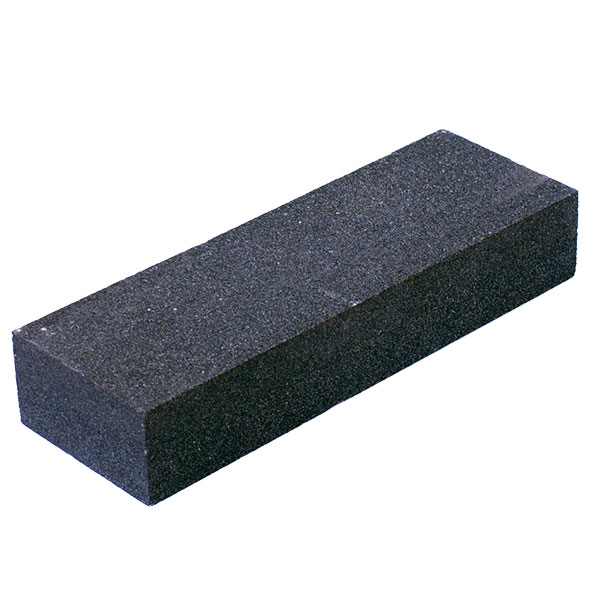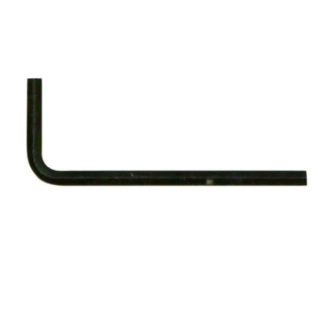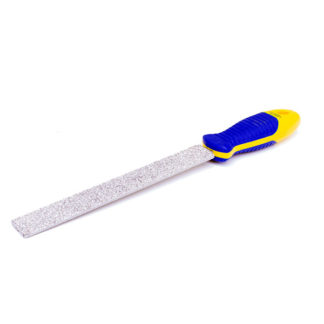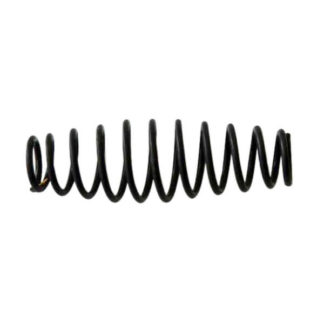Description
The Dual-Grit Rubbing Stone is a double sided sanding block for smoothing rough edges on ceramic, stone, and marble mosaic tile after cutting. One side is made of size 80 grit, and the other is size 60 grit for more aggressive removal of material. Note that the stone erodes as it is used. You can minimize the problem of creating a rut in the stone by dragging the tile sideways instead of straight along the edge, and you can vary the place on the stone where you rub.
When to Use This Tool
Smoothing Cuts
The Dual-Grit Rubbing Stone can be more useful than a marble file for quickly processing tile because it can sit on a flat surface and not move around when a tile is rapidly brushed on it. This allows the artist to rub the tile with one hand immediately after cutting without ever setting down the tile. This might seem trivial, but think about all the tiles you would need to cut in order to install a a large mosaic mural of 100 square feet or more, or even 10 square feet. Reducing hand motions and combining smoothing with cutting can save a significant amount of time when tens of thousands of tiles are to be processed, or even hundreds.
Safety
Dust
Avoid breathing construction dusts of any type, especially glass, cement, ceramics, stone, etc. An ordinary dust mask rated N95 is recommended as a precaution when using the rubbing stone, but we prefer to contain the dust with mist at the source. Keeping the dust wet is an easy was to make sure it stays out of the air. Dispose of the wet dust as solid waste in a trash bag and not down your drains.
We set the rubbing stone inside a plastic dishpan and mist with water from a spray bottle. The bucket collects the waste and acts as a moisture reservoir for keeping the air around the rubbing stone humid, which causes dust to fall out of the air faster.
Safety Glasses
Always wear safety glasses with side shields when cutting, filing and sanding materials.
Slivers and Surfaces
Be aware that cutting and sanding mosaic tile can produce tiny slivers that are surprisingly sharp. Never sweep off a work surface with your bare hand. This is how most cuts happen in the studio (seriously). Use a vacuum or counter brush instead.
How To Make Mosaics
For more advice on designing your mosaic project or mounting, cutting, and grouting tile, please see our page of Mosaic Frequently Asked Questions or our Mosaic Information Guide, which lists instructional pages described by topic. We also post new articles about making mosaics at our How to Mosaic Blog.



